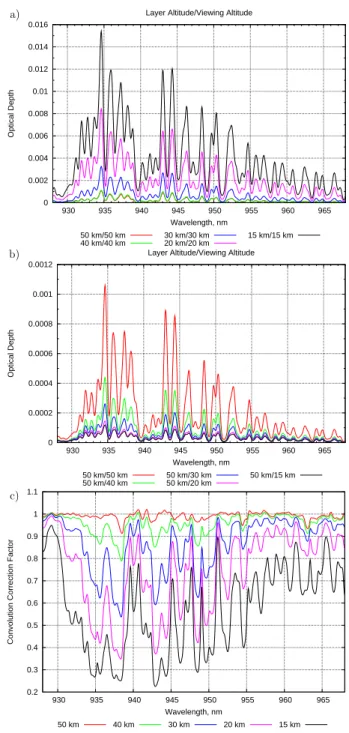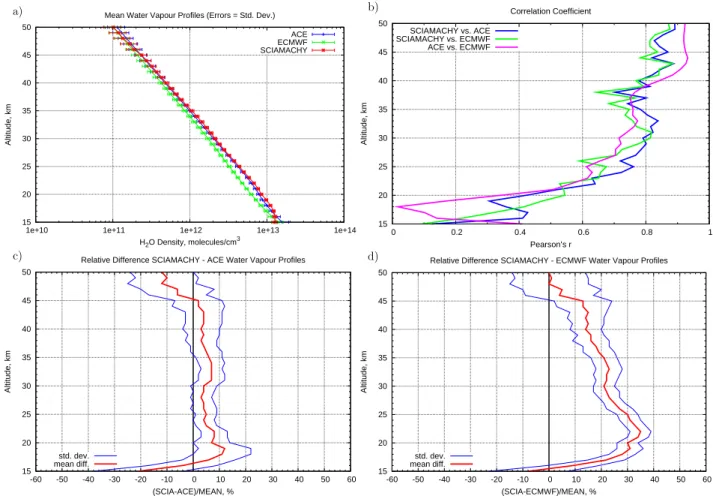Water vapour profiles from SCIAMACHY solar occultation measurements derived with an onion peeling approach
Texto
Imagem




Documentos relacionados
For example, the surface pressure in the pressure profile used in retrieval of water vapour VMR from FTIR spectra is replaced with synoptic surface pressure observations at the
Although the water vapour absorption cross section in that spectral range is about 25 times smaller than in the red spectral range (see Fig. 1), we demonstrate that it is possible
Mean e ff ective radii retrievals using an optimal estimation retrieval with in situ knowl- edge of water vapour and temperature profiles and against the equivalent MODIS
Optimized fluxes derived using only surface measurements act as a ref- erence for assessing the contribution from SCIAMACHY in joint inversions of surface and satellite data..
(2013) propose a method to convert the SAM monochromatic measurements of the profile of solar radiance to broadband profiles using a modi- fied version of the radiative transfer
The mean seasonal cycle estimated from flask measurements at HLE is in good agreement with that derived from vertical profiles of in situ aircraft measurements over New Delhi ( ∼ 500
The gap between observed absorptions and the available literature absorption cross sections from laboratory measurements can be addressed by means of ab initio models for water
light path lengths in the respective layers are modeled with the RT model, the inversion of the targeted trace gas vertical profile from measured dSCDs is performed using


